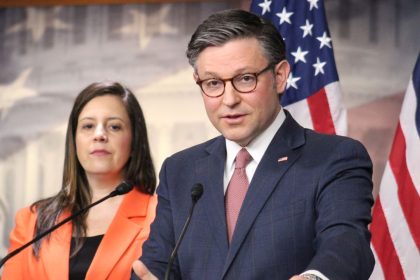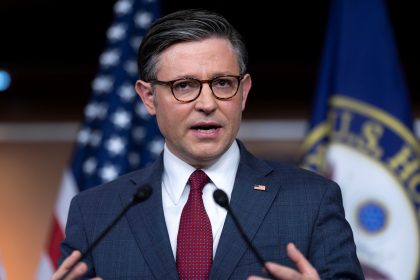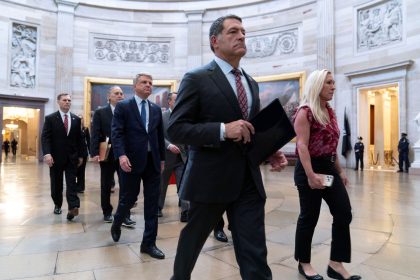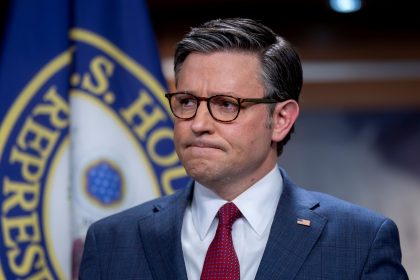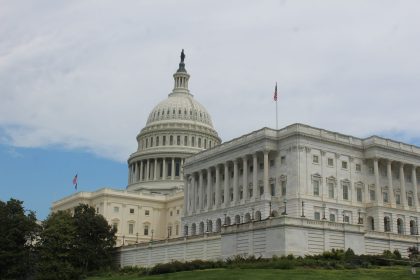Senate Passes Stopgap Funding Legislation, Hours Before Deadline
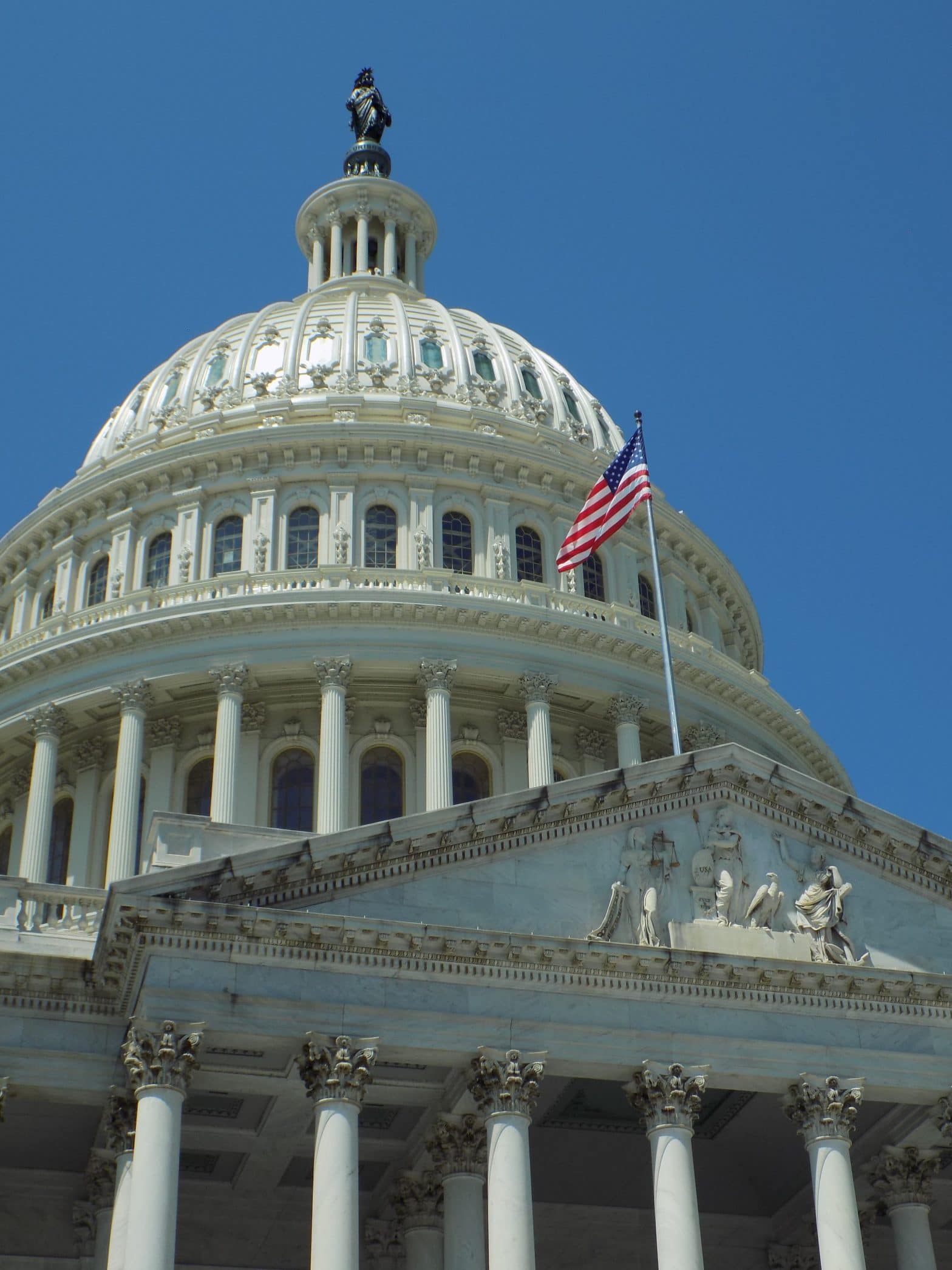
WASHINGTON — The Senate easily cleared a stopgap funding measure Wednesday that would avoid a partial government shutdown in the weeks leading up to the Nov. 3 elections.
On an 84-10 vote, the Senate sent to President Donald Trump’s desk a continuing resolution to extend current funding levels for all federal agencies through Dec. 11. Trump is expected to sign the measure, which sailed through the House last week on a 359-57 vote, before a midnight deadline.
The new fiscal year is set to begin Thursday without any of the appropriations bills for next year signed into law.
The punt to Dec. 11 leaves a tall task for lawmakers in the post-election lame-duck session, particularly if the White House or Senate changes hands. The Supreme Court confirmation battle to replace Justice Ruth Bader Ginsburg has already touched a partisan nerve and could make cooperation more difficult.
Debate over the stopgap bill was tame by comparison. Passage was ensured after congressional leaders struck a bipartisan agreement last week that resolved a partisan dispute over farm payments.
Some key Democrats had balked over a proposal to replenish the Commodity Credit Corporation with more than $20 billion to make more payments to farmers suffering from the COVID-19 pandemic and the trade war with China. They said the Agriculture Department had used the CCC account as a “slush fund” for favored political interests.
But Democrats agreed to the funding after winning a few concessions. The deal includes a new prohibition against giving any of the money to oil companies after earlier reports surfaced that the Trump administration had been planning to divert Commodity Credit Corporation funds to refiners.
And Democrats touted $8 billion in additional nutrition aid for low-income children and families. That’s more than what was on the table before Democrats decided to move forward with an earlier bill that left out the CCC money. The measure extends a pandemic-related program providing subsidized meals to children who usually receive them when schools are open, while expanding the program to include younger children in child care centers.
The farm payments don’t actually add any new costs to the federal budget, because the money was going to be restored later this year anyway when the CCC’s annual financial statement is completed. The continuing resolution language simply moves up the timetable so the agency can stay under its $30 billion borrowing cap and still make farm price support payments set to go out in November.
Speaker Nancy Pelosi said last week she was hopeful that a final omnibus spending package would be completed by the new Dec. 11 deadline. “We have a commitment from the appropriators on both sides of the aisle, both sides of the Capitol that they will work very hard to have an omnibus ready,” she said at a forum hosted by The Atlantic.
The stopgap measure also includes numerous reauthorizations for programs that would otherwise lapse at the end of September, such as the National Flood Insurance Program.
The resolution mostly extends current programs while forbidding new projects. But it would permit an anomaly for the Navy to spend $1.6 billion in fiscal 2021 for a down payment to start building the first of a dozen new Columbia-class nuclear-missile submarines, a fraction of its $14.4 billion estimated procurement cost.
And the stopgap would provide a new cash infusion for transportation programs, while giving new life to an expiring highway authorization law. The measure includes $13.6 billion for highways and mass transit, and another $14 billion for aviation programs.
———
©2020 CQ-Roll Call, Inc., All Rights Reserved
Distributed by Tribune Content Agency, LLC.


















